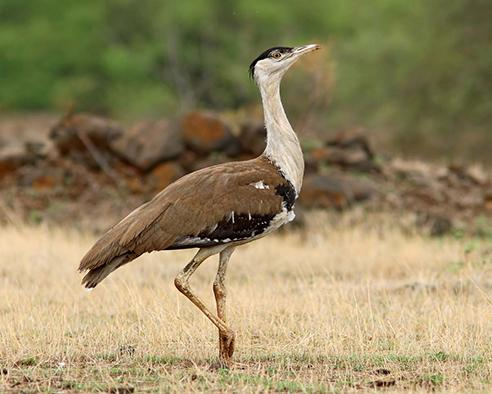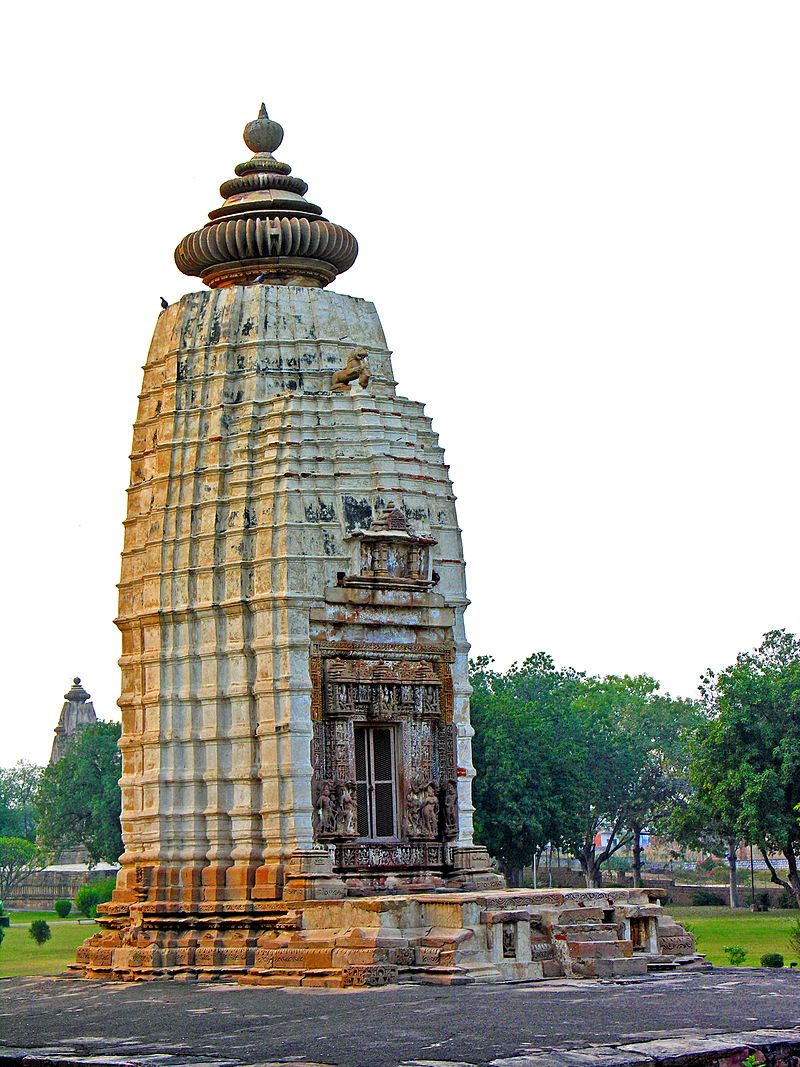Rajasthan Switch to Hindi
Trade Bodies Urge Rajasthan Government to Make Changes in Investment Policies
Why in News?
Recently, trade bodies in Rajasthan requested the state to change policies like the Rajasthan Investment Promotion Scheme (RIPS) and Mukhyamantri Laghu Udyog Protsahan Yojana (MLUPY) to make the state investor-friendly.
Key Points
- In the RIPS policy, investors get subsidies on state goods and services tax (SGST), electricity fee, land tax, stamp duty, etc.
- The MLUPY scheme provides concessional bank loans to facilitate establishment of enterprises in the state and create employment opportunities.
- A delegation of Associated Chambers of Commerce and Industry of India (Assocham) met Rajasthan’s principal secretary, industries & commerce.
- In this it is pointed out that interest benefits under RIPS were available on term loans but not on working capital loans.
- The delegation requested for industry-wide awareness programs about the schemes.
- It also requested that the warehousing sector be covered under the preview of industries.
Rajasthan Investment Promotion Scheme (RIPS)
- To promote rapid, sustainable and balanced industrial development in the state, ‘Rajasthan Investment Promotion Scheme-2019’ was implemented from 17th December, 2019.
- In this, 75% recharge of 7 years SGST, electricity tax stamp duty is also being recharged for new investment in manufacturing and service sector industries.
- Along with this, concessions like 100% in market fee are being given.
Mukhyamantri Laghu Udyog Protsahan Yojana (MLUPY)
- This scheme has been launched with the objective of providing subsidized loans through Financial institutions to facilitate the establishment of enterprises in the state and to provide new employment opportunities to all sections of society.
- Under the scheme, loans will be provided for manufacturing, service and business enterprises through financial institutions like (Nationalized Commercial Bank, Private Sector Scheduled Commercial Bank, Scheduled Small Finance Bank, Regional Rural Bank, Rajasthan Financial Corporation, SIDBI and Urban Cooperative Banks).
Rajasthan Switch to Hindi
Rajasthan Communities at Risk of Losing Land
Why in News?
Recently, a Rajasthan state government notification has sparked fear among community dwellers in western Rajasthan, who are concerned about potential loss of access to forest produce and livelihood.
Key Points
- The community is apprehensive about the state’s proposal to recognise orans (sacred groves) as deemed forests.
- The government notification declares that, in compliance with directives from the Supreme Court (SC), orans, dev vans (sacred forests) and runds (traditionally conserved open forests) will be categorised as deemed forests.
- The community through representation of the organisation “Gochar Oran Sanrakshak Sangh Rajasthan” has raised objection to the decision.
- The village residents also depend on the forest for gum, timber, forest produce and wild vegetables, crucial for their livelihoods and daily needs.
- If orans are declared as deemed forests, the people fear they will lose access to forest produce and grazing land for their herds and sheep.
- According to the officials, to prevent further degradation of such lands, the SC, in the TN Godavarman case, 1996, directed state governments to identify them and stipulated that all forests, including deemed forests, would be covered under section 2 of the Forest (Conservation) Act, 1980.
- The provisions in this section prohibit non-forestry activities such as mining, deforestation, quarrying, or infrastructure projects on such forest land without permissions from the central government.
- However, this does not restrict individuals or communities from accessing the forest for grazing or worship.
- The provisions in this section prohibit non-forestry activities such as mining, deforestation, quarrying, or infrastructure projects on such forest land without permissions from the central government.
Deemed Forests
- Deemed forests, comprising about 1% of India’s forest land, are a controversial subject as they refer to land tracts that appear to be a “forest”, but have not been notified so by the government or in historical records.
- The concept of deemed forests has not even been clearly defined in any law including the Forest Conservation Act 1980.
- In the T N Godavarman Thirumalpad case 1996, SC accepted a wide definition of forests under the Act and held that the word ‘forest’ must be understood according to its dictionary meaning.
- This description covers all statutorily recognised forests, whether designated as reserved, protected or otherwise for the purpose of Section 2 (1) of the Act and also includes any areas recorded as forest in the government record irrespective of the ownership.
- The provisions for the conservation of forest and the matters connected therewith applies clearly to all forests irrespective of the ownership or classification.
- The freedom to define which tracts of forest qualify as forest has been the prerogative of States since 1996.
- However, this only applies to forest land that has not already been historically classified as “forest” in revenue records, or categorised so by the government as “protected” or “reserve forest”.
Forest Conservation Act, 1980
- The Forest Conservation Act, 1980 stipulated that the central permission is necessary to practice sustainable agro-forestry in forest areas. Violation or lack of permit was treated as a criminal offence.
- It is targeted to limit deforestation, conserve biodiversity and save wildlife. Though this Act provides greater hope towards forest conservation it was not successful in its target.
Rajasthan Switch to Hindi
SC Considers Lifting the Ban on Transmission Lines through GIB Habitats
Why in News?
Recently, the Supreme Court agreed to release over 67,000 sq km area for setting up lines for transmission of solar power generated in Rajasthan and Gujarat but said 13,000 sq km area must remain undisturbed as it’s the core habitat of the endangered bird, Great Indian Bustard.
Key Points
- The Union government order banning overhead power cables for transmission of solar energy plants in 80,000 square km area is unimplementable.
- Further suggested a balance between encouraging solar energy generation to reduce emissions from coal-fired thermal power plants and all-out steps to do everything possible to save the GIB from getting extinct.
The Great Indian Bustard
- Great Indian Bustard (Ardeotis nigriceps) , the State bird of Rajasthan, is considered India’s most critically endangered bird.
- It is considered the flagship grassland species, representing the health of the grassland ecology.
- Its population is confined mostly to Rajasthan and Gujarat. Small populations occur in Maharashtra, Karnataka and Andhra Pradesh.
- Threat:
- The bird is under constant threats due to collision/electrocution with power transmission lines, hunting (still prevalent in Pakistan), habitat loss and alteration as a result of widespread agricultural expansion, etc.
- Protection Status:
- International Union for Conservation of Nature Red List (IUCN): Critically Endangered
- Convention on International Trade in Endangered Species of Wild Fauna and Flora (CITES): Appendix1
- Convention on Migratory Species (CMS): Appendix I
- Wildlife (Protection) Act, 1972: Schedule I
Madhya Pradesh Switch to Hindi
CAG Report Raises Concern on Rising Pollution in Kshipra
Why in News?
According to the report of the Comptroller and Auditor general (CAG) of India, despite interventions of several state government agencies, Kshipra river continues to remain polluted.
Key Points
- It points out that because of the mismanagement of the Kshipra sub-basin and the indiscriminate exploitation of groundwater, the natural flow of the river has been reduced.
- The report states that waste of local urban bodies has been flowing into the river.
- Insufficient treatment of industrial waste, pollution on the riverbed have led to deterioration of Kshipra water quality and its tributaries.
- The CAG has recommended in its report that Madhya Pradesh pollution control board must ensure proper and sufficient watch on industries.
- The report on the public works department mentions delay in completion of under-construction bridges in the state and stated that out of 72 sample bridges which were examined across five divisions between October 2020 and September 2021 only nine had been completed on time.
Kshipra River
- It is a perennial river of Madhya Pradesh state
- It originates in the Vindhya Range from a hill called Kakri-Tekdi, which is in the north of Dhar and situated at a distance of 11km from Ujjain.
- This river is 195 km long, out of which 93 km flow through Ujjain.
- It flows across the Malwa Plateau to join the Chambal River.
- Religious Significance:
- The Puranas, or ancient Hindu texts, put forward that the Kshipra originated from the heart of Varaha, Lord Vishnu’s incarnation as a boar.
- Also on the banks of the Kshipra is Sage Sandipani’s ashram or hermitage, where Krishna, Lord Vishnu’s eighth incarnation, had studied.
- It finds mention not only in ancient Hindu texts but also in Buddhist and Jain scriptures.
- The holy city of Ujjain is located on the right bank of the Kshipra River. The famous Kumbha Mela takes place in the ghats of this city, once every 12 years, a yearly celebration of the river goddess Kshipra.
- Its major tributaries are Khan and Gambhir.
Madhya Pradesh Switch to Hindi
ASI Excavates Gupta Era Site in Madhya Pradesh to Find Relics
Why in News?
Recently, the Archaeological Survey of India (ASI) is excavating the site in Nachne village of Madhya Pradesh’s Panna district to find relics of one of the oldest temples of India and to study the condition of ancient temples.
Key Points
- The site is in close proximity to two ancient temples- a Gupta-Era Parvati Temple- and Chaumukhi Temple, built by the Kalachuri Dynasty.
- The excavation work is underway on Chaumukh Nath Temple premises, which houses an 8th-century four-faced Shiva Linga.
- As per ASI, the Shiva Linga has been carved out with remarkable vitality, especially the fierce open-mouthed face of the god on its south side.
- As of now, ASI excavated two mounds and after brushing off centuries of earth, layers of bricks have been undiscovered.
- The objective of excavation in Nachna is to see the condition of ancient temples in India and how temples evolved and developed.
- The site has eight archaeological mounds and the excavation team has got permission to dig two mounds.
Chaumukhi Temple
- It is located in the Panna district of Madhya Pradesh.
- It is dated to the 9th century Kalachuri Dynasty era.
- These temples illustrate a North Indian style of Hindu temple architecture.
Parvati Temple
- Parvati temple of Nachna is dated back to the Gupta period. It was built in the 5th century.
- This temple is Constructed on a terrace, 35 feet wide, this temple is composed of a small square sanctum, 15 feet side.
Archaeological Survey of India (ASI)
- ASI, under the Ministry of Culture, is the premier organization for the archaeological research and protection of the cultural heritage of the nation.
- It administers more than 3650 ancient monuments, archaeological sites and remains of national importance.
- Its activities include carrying out surveys of antiquarian remains, exploration and excavation of archaeological sites, conservation and maintenance of protected monuments etc.
- It was founded in 1861 by Alexander Cunningham- the first Director-General of ASI. Alexander Cunningham is also known as the “Father of Indian Archaeology”.
- It oversees all archaeological undertakings within the nation by the Ancient Monuments and Archaeological Sites and Remains Act, of 1958.








%20MPPCS%202025%20Desktop%20E.jpg)
%20MPPCS%202025%20Mobile%20E%20(1).jpg)










.png)
.png)











 PCS Parikshan
PCS Parikshan




